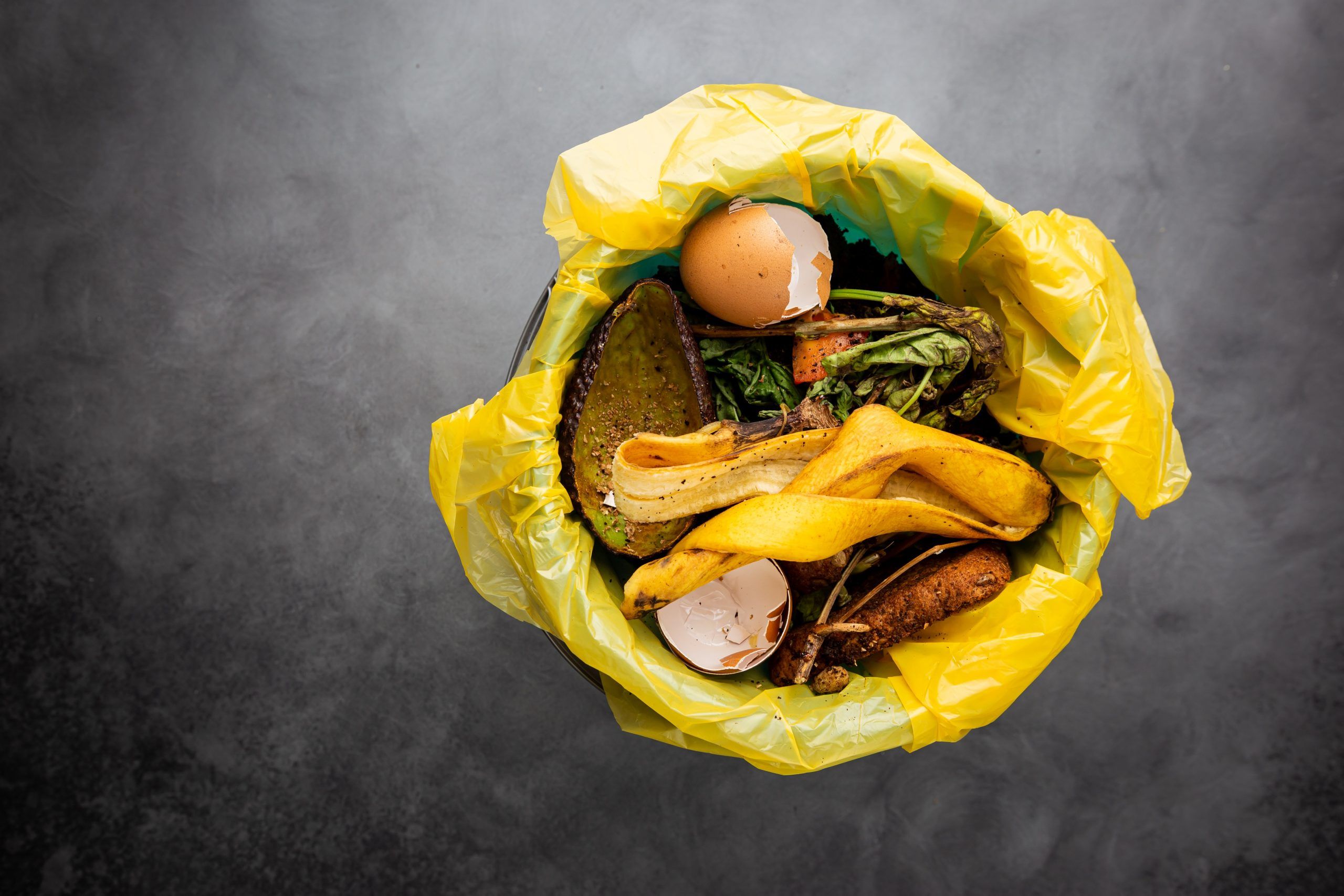Food Loss And Waste, This Study Becomes A Positive Step For The Ministry Of Agriculture.

The National Development Planning Agency (Bappenas) reports that in 2021, over the last two decades, food loss and waste in Indonesia reached the amount of 115 to 184 kilograms per capita per year. This number includes the food wasted from production to wholesalers as well as food waste from retail to households. The reports found that the greatest losses were found in plants, especially cereals, while the most inefficient food sector, due to a lot of its loss in the food chain, is fruit and vegetable. This is a regrettable finding since fruit and vegetables are great sources of nutrients.
The economic losses due to food loss and waste in Indonesia reach a value of around Rp 213 trillion to Rp 551 trillion per year, an equivalent of 4-5 percent of Indonesia’s gross domestic product (GDP), as reported by AntaraNews. These great yearly losses highlighted the need for a better food production system to minimize future losses.
“Fruits and vegetables are nutritious commodities that are lost and wasted the most. We need to work together with various stakeholders to improve the situation and reduce food loss and waste in Indonesia,” said Retno Sri Hartati Mulyandari, Secretary of the Directorate General of Horticulture at the Ministry of Agriculture.
But Indonesia is not the only country dealing with food waste, according to the United Nations Food and Agriculture Organization (FAO), other countries in the Asia Pacific region have the same problem of fruit and vegetable losses before they even reach the consumer’s plates. In fact, according to the World Food Programme organization, food loss and waste are prevalent in a world where enough food is produced to feed the world’s 7 billion people, yet 811 million people still go to bed hungry each night. A reality that can be seen in most developed countries.
FAO representative Rajendra Aryal said that the food lost and wasted is often caused by various managerial and technical limitations in harvesting, techniques, storage, transportation, processing, refrigeration facilities, infrastructure, packaging, and marketing system.
“It is very important to understand the barriers and challenges in the value chain to reduce food loss, especially for perishable commodities, such as fruits and vegetables,” said Rajendra Aryal.
Ministry of Agriculture’s and FAO’s study on Indonesia’s food loss and waste
Working together, FAO will provide technical assistance to the Ministry of Agriculture to explore barriers to reducing food loss and wastage in perishable horticultural commodities. The study will focus on three selected commodities, namely chili in Banyuwangi, East Java, shallots in Brebes, Central Java, and cabbage in Cianjur, West Java.
The main objective of this study is to provide a better understanding of critical food loss and wastage points and solutions to overcome them from the production stage to the wholesale market. It means it will include looking at the farming and harvesting process along with storing and transporting from farmers to retailers. The result of the in-depth study on the three commodities will also be a model used for further studies on other commodities that are at risk of shrinking during the production process.
According to the World Food Programme, this topic of reducing food loss and waste during the food chain process requires innovative thinking and support from various stakeholders. It means looking at better ways of production, processing, storage, distribution, and use of produce. For example, looking at new packaging or transporting ways to protect food from mechanical damage while it is being loaded, offloaded, transported on bumpy roads, or dropped from a plane during exports. Another way is by looking at the food being stored, while big wholesalers and retailers can afford to have refrigerators to keep produce fresh longer, the same cannot be said for most traditional markets. They would need to sell the fruit and other produce as quickly as they can, sometimes at a loss, before it goes bad.
While the Minister of Agriculture and FAO focuses on the food chain to get food from farm to table, it is important not to forget that most consumers still have the responsibility of buying and consuming what they need and can use. Most farmers and sellers take cues from what consumers want and need. This could mean producing certain products at certain times in large quantities for the holiday or religious celebrations. During this time, most of the time people tend to purchase more than they need. Risking a raise in the quantity of food lost and wasted.
